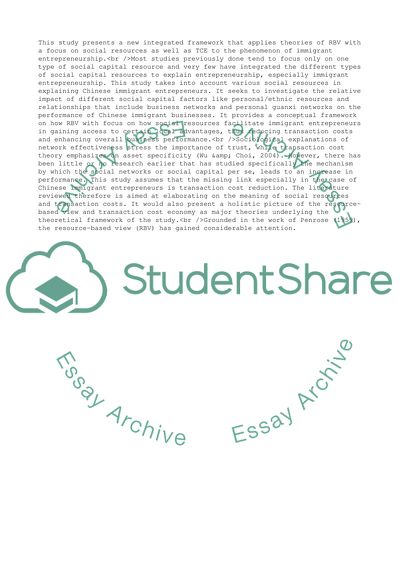Cite this document
(An Integrative Approach of Resource-Based View and Transaction Cost Ec Research Proposal, n.d.)
An Integrative Approach of Resource-Based View and Transaction Cost Ec Research Proposal. https://studentshare.org/business/1716476-qualitative-course-proposal-continue
An Integrative Approach of Resource-Based View and Transaction Cost Ec Research Proposal. https://studentshare.org/business/1716476-qualitative-course-proposal-continue
(An Integrative Approach of Resource-Based View and Transaction Cost Ec Research Proposal)
An Integrative Approach of Resource-Based View and Transaction Cost Ec Research Proposal. https://studentshare.org/business/1716476-qualitative-course-proposal-continue.
An Integrative Approach of Resource-Based View and Transaction Cost Ec Research Proposal. https://studentshare.org/business/1716476-qualitative-course-proposal-continue.
“An Integrative Approach of Resource-Based View and Transaction Cost Ec Research Proposal”. https://studentshare.org/business/1716476-qualitative-course-proposal-continue.


